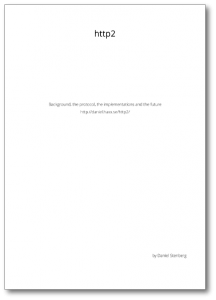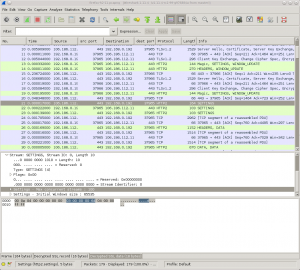A whole range of significant Swedish network organizations (ISOC, SNUS, DFRI and SUNET) organized a full-day event today, managed by the great mr Olle E Johansson. The event, called “MeraKrypto” (MoreCrypto would be the exact translation), was a day with introductions to TLS and a lot of talks around TLS and other encryption and security related topics.
I was there and held a talk on the topic of “curl and TLS” and I basically talked some basics around what curl and libcurl are, how we do TLS, some common problems and hwo verifying the server cert is a common usage mistake and then I continued on to quickly mention how http2 and TLS relate..See my slides below, but please be aware that as usual you may not grasp the whole thing only by the (English) slides. The event was fully booked so there was around one hundred peeps in the audience and there were a lot of interested minds that asked good questions proving they really understood the topics.
The discussion almost got heated during the talk about how companies do MITMing of SSL sessions and this guy from Bluecoat pretty much single-handedly argued for the need for this and how “it fills a useful purpose”.
It was a great afternoon!
The event was streamed live and recorded on video. I’ll post a link as soon as it gets available to me.



